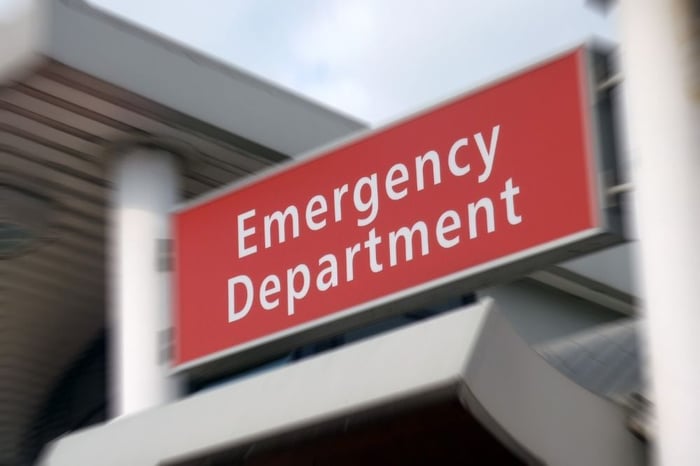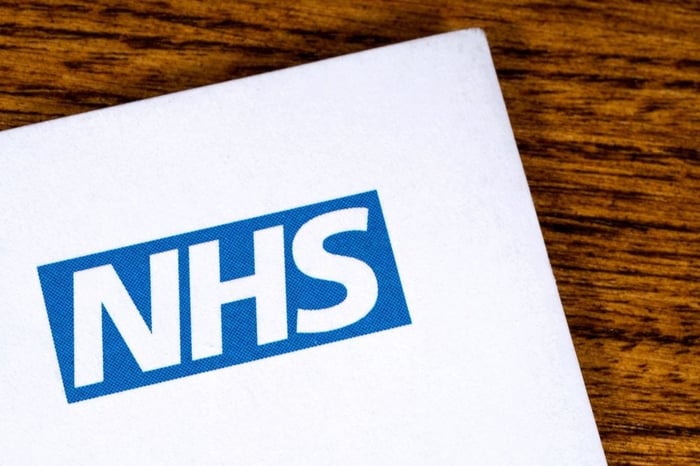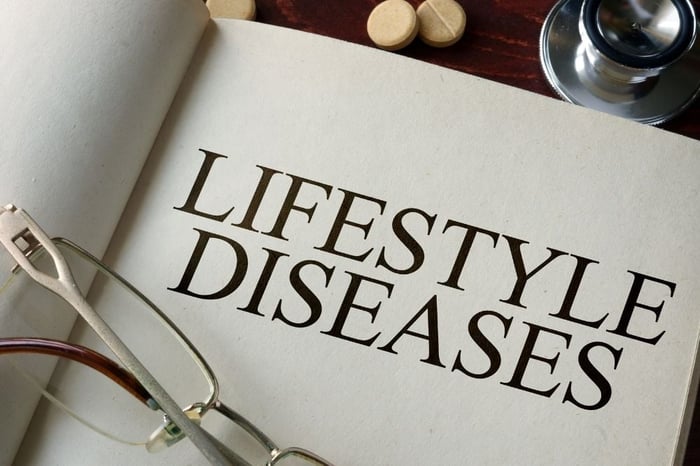
NHS hot topics for interview - A&E waiting times
As part of your medical school interview, be it a panel or multiple mini interview (MMI) circuits, it is likely that you will be asked questions about current issues affecting the healthcare services. To keep you informed, make sure you follow our NHS Hot Topics series of blogs and keep yourself aware of the medical news stories.
Measuring A&E waiting times is a common tool for assessing how well a hospital is performing. It is a good indicator of whether they are correctly staffed and is one of the most common ways which patients experience the health service.

What’s the problem?
Hospital A&Es have a requirement to see 95% of patients within 4 hours, according to NHS guidelines. Within these four hours, the patient should be admitted to the hospital, transferred to another provider or discharged. The time begins from the moment the patient arrives. It is a topic that frequents the headlines, but in reality, the targets can be quite difficult to achieve, due to lack of resources, understaffing, and people attending the A&E departments when they shouldn’t. It is estimated that it would cost four or five billion pounds to fix the situation and ensure that targets are met - money that the NHS simply does not have.
The Royal College of Emergency Medicine argues that the target is ‘popular with patients’, and ensures doctors and nurses are focused on seeing their patients quickly. People are concerned that removal of the targets may result in some patients with extremely minor conditions having to wait excessively, diminishing public support in the health service.
We can see that the percentage of A&E patients getting seen within four hours has fallen in recent years, and waiting times vary depending on the type of A&E. These include:
- Type 1 - A consultant-led 24h service. There are full resuscitation facilities and designated accommodation where patients can wait.
- Type 2 - A consultant-led single specialty service.
- Type 3 / 4 - Urgent care centres, walk-in centres and minor injury units. They can be doctor or nurse-led and may be found in the community.
It is the type 1 A&E departments that typically struggle the most, consistently failing to meet targets. The target was initially set at 98% in 2004 and saw a sharp increase in the number of patients who were admitted, transferred and discharged within four hours. In 2010, this target was relaxed to the current guideline of 95%, and although patients were seen to be waiting longer, the target still remained. By the end of 2018, performance had fallen to 84.4%, a rise on the previous year but still below the target. Meeting performance targets also has a seasonal variation, with waiting times being longer in the winter months, when there is more pressure on the health service.
The concern is that if it is taking longer for patients to get seen, this is compromising patient safety. It may put people off from coming to the A&E department for a future injury, which might be more serious. It is a cause for concern as it presents the NHS in a negative way.

How are we going to solve this?
Simon Stevens, the chief executive of NHS England has recently suggested a reform of the system, which would mean that people with minor ailments are forced to wait longer, and priority is given to those with more serious conditions. Acute injuries may be referred to a minor injury unit. Some argue this more intense form of triage will ensure that those with life-threating injuries are seen sooner and thus their chances of survival/recovery are maximised.
Obviously, this is a good thing, but people are concerned by just how long people will minor injuries will have to wait, given that they are already often waiting for more than four hours. The Royal College of Emergency Medicine speaks on behalf of A&E doctors and believes that a change in the target would only cause further delays. They claim the target is popular with patients and concentrates the minds of staff.
Opponents to the four-hour target suggest that it means people come to A&E for any ailment, as they know they will get seen. This is in the case where they could attend their GP or pharmacist, but they come to A&E because they know they can get seen that day. The adaptation of the targets could minimise this, discouraging those with minor ailments to attend the emergency department, thus freeing up time for staff so that they can focus on the more serious cases. The reform was discussed in Theresa May’s ten-year plan to fix the NHS. We recommend having a read of this before your medical school interview so you can see the path the NHS is going down.
Another possible solution is to consider charging patients for A&E attendances. The idea is that it would encourage patients to think twice about whether or not they genuinely need to attend A&E, thus decreasing the number of patients. However, others argue that it goes against the NHS principle of free care for all, and even a small amount would stop those that couldn't afford it from attending A&E, and thus preventing them from receiving potentially life-saving treatment.
We hope that you have enjoyed this post and feel free to contact us at [email protected] if you have any questions.



